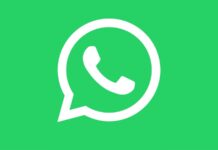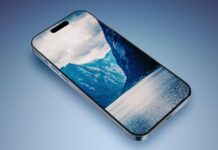During today's Apple company it was patented a very interesting system that shows some of the things we could see in future iDevices. For starters, Apple imagines that it can implement an opaque "window" in iPhones through which users could see the internal components of the terminal, but only when Apple wants this. The window could change its color to hide or show the internal components, and in that niche Apple could hide a biometric sensor through which it could read our fingerprints and unlock an iDevice, for example.
In Apple's patent FIGS. 12 and 13 shown below we see a biometric sensor in context with a fingerprint reader which is initially concealed behind a closed window on an iPhone. Upon the iPhone's activation in a locked state, a lock screen 160 may be displayed requesting a user to slide a finger across the display to unlock the device. The electronic device may request user authentication to access the handheld device. The device may then display an instruction screen requesting that a user provide biometric data via their fingerprint which will be read by the fingerprint reader.
Apart from this window and the biometric sensor, Apple could use the device's front camera to authenticate users, and the system could be used for online payments. Apple talks in its patent about an NFC application that would allow users to make online payments, authenticating them based on face or fingerprint recognition. To recognize the user, either the front camera or that window, which theoretically should be located to the right of the Home button, can be used, Apple testing several authentication methods.
Apple states that user authentication is not limited to unlocking an iDevice. Apple's patent FIG. 15 illustrates the process in an e-commerce context. To complete a shopping transaction online, many e-commerce websites may require identity verification before the order can be completed. When such a transaction occurs using an iPhone, for example, the iPhone's camera will provide an authentication screen 180 explaining that user authentication is required to complete the transaction... Upon acknowledgment of the authentication screen, the iPhone may open a window to expose a biometric sensor in the form of an illustrated camera lens as shown in the patent figure. Once the user is properly identified, the purchase could be completed.
Unfortunately, technologies of this kind constantly appear in Apple's patents, but so far few have ended up being implemented in its devices. In general, the technologies that reach the public eye do not reach iDevices, and the technologies that are implemented in terminals are patented later, after the launch of the products.

















